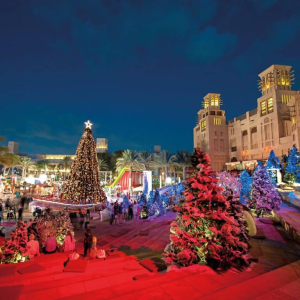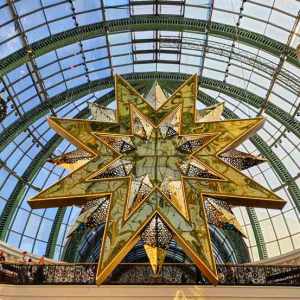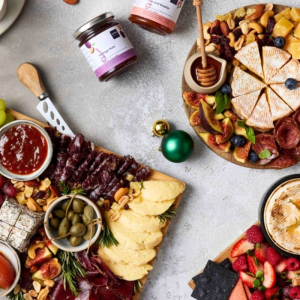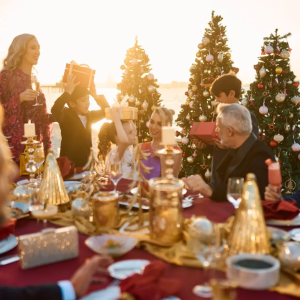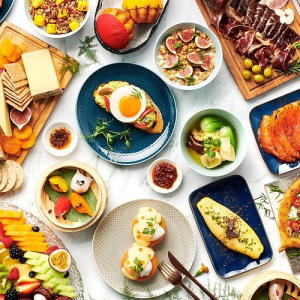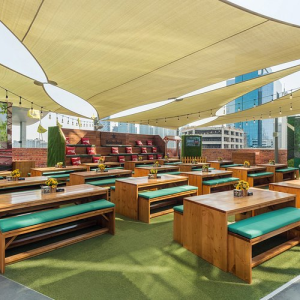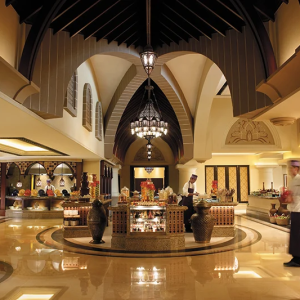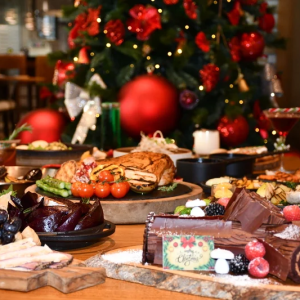In the heart of Emirati culture, one small cup holds centuries of tradition, hospitality, and pride—Arabic gahwa, or traditional Arabic coffee. More than just a drink, gahwa is a symbol. A gesture of welcome, a seal of respect, and a flavorful thread woven through the social fabric of the UAE.
In every Emirati home, majlis, or desert camp, you’ll likely find a dallah (traditional coffee pot) gently steaming beside a tray of *golden cups and sweet dates, ready to greet guests. This isn’t just coffee—it’s *ritual, rhythm, and connection. Let’s journey through the rich story behind Arabic gahwa and explore how it continues to shape UAE identity in both traditional and modern settings.
A Brew Steeped in History
Arabic coffee dates back to the *15th century, with origins in the Arabian Peninsula. In the Emirates, its preparation and presentation are deeply influenced by *Bedouin values of hospitality, generosity, and honor.

Back in the days of tribal gatherings in tents and oases, gahwa was the heart of every majlis—a warm, bitter welcome to weary travelers and respected guests. Made with lightly roasted Arabica beans and flavored with spices like *cardamom, cloves, and saffron, it was both an energizing drink and a *ceremonial bond between host and visitor.
Today, this centuries-old drink has become a proud emblem of *Emirati identity, so much so that Arabic coffee was inscribed on *UNESCO’s Intangible Cultural Heritage list in 2015.

How It’s Made: An Art Form in Itself
Every cup of gahwa is prepared with *care, intention, and patience. The beans used are typically *light to medium roasted, giving the coffee a golden hue and mild bitterness compared to darker Western roasts.
Here’s how Emirati gahwa is traditionally brewed:
- Beans are ground with a mortar and pestle or a modern grinder
- The coffee is boiled with water and spices, including cardamom, saffron, rosewater, and occasionally cloves or cinnamon
- It is then poured through a mesh filter or cloth into a beautifully curved dallah
- Served in small, handle-less cups (finjan)—typically just a few sips at a time
Unlike Western coffee meant to energize and go, gahwa is meant to slow you down—to be sipped during conversation, reflection, or storytelling.
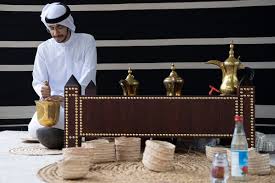
The Ritual of Serving: More Than Manners
In Emirati culture, serving gahwa is a ceremony of respect. Traditionally, the youngest male of the house or a host stands, holding the dallah in his left hand and the cup in his right.
Key customs include:
- Always serving the eldest or most honored guest first
- Pouring just one-third of the cup—offering more is considered impolite
- Guests shake the cup slightly from side to side when they’ve had enough
- Serving is usually accompanied by fresh dates, sweets, or nuts
This etiquette transforms the simple act of drinking coffee into a conversation of courtesy and connection.
The Majlis: Gahwa’s Cultural Stage
In Emirati households, the majlis is the traditional gathering space for family and guests—and gahwa is its undisputed centerpiece.
The majlis serves many purposes: it’s where elders discuss family matters, poets recite verses, and friends catch up after long days. In every setting, the passing of gahwa marks the beginning of bonding.
During religious holidays like *Eid, weddings, or condolence visits, gahwa becomes especially symbolic—offered with sincerity and comfort. And in festivals such as *Qasr Al Hosn or Liwa Date Festival, you’ll see public gahwa tents where traditional brewers prepare coffee in open flame pots, sharing stories and sips with visitors from around the world.
Women and Gahwa: Preservers of Taste and Tradition
While serving coffee is often seen as a male role in public settings, Emirati women have long held the knowledge of its preparation and refinement. Many households credit their coffee recipe to mothers and grandmothers, who pass it down with pride.
In recent years, female-led initiatives, cultural workshops, and social media accounts dedicated to traditional Emirati cooking have helped preserve gahwa techniques and flavor combinations. This new wave of cultural revival highlights how women are central to keeping gahwa culture alive and flavorful.
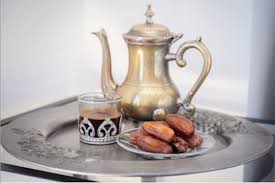
Gahwa in the Modern UAE
Walk into any UAE café or luxury hotel today, and you’ll still be offered a warm finjan of gahwa and dates as a welcome gesture. But beyond that, gahwa has also taken on stylish new forms.
Modern adaptations include:
- Gahwa-infused ice cream, chocolates, and desserts
- Designer dallahs made in gold, silver, and glass
- Coffee carts and gahwa stations at corporate events and weddings
- Locally branded gahwa in elegant packaging for gifts and souvenirs
While millennials and Gen Z in the UAE may explore flat whites and frappuccinos, there’s a noticeable cultural pride in returning to gahwa as a symbol of identity and belonging.
The Deeper Meaning Behind the Cup
More than the drink itself, gahwa is about what it represents:
- Hospitality – welcoming everyone with warmth
- Respect – honoring your guest with a cup before all else
- Tradition – preserving family recipes and rituals
- Connection – conversations that go beyond small talk
In a fast-paced world, it invites you to pause, share, and reflect, one small cup at a time.
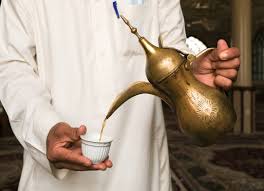
Final Sip: Tradition That Never Cools
From the desert tents of Bedouin tribes to the lobbies of five-star hotels, Arabic gahwa continues to pour stories, love, and pride into Emirati culture. Whether you’re sipping it at a majlis or tasting it for the first time at a festival, you’re taking part in something timeless.
So next time you’re offered a cup, remember—it’s more than coffee. It’s a centuries-old gesture that says, you’re welcome, you’re honored, and you’re part of our story.
Follow us on Instagram: UAE STORIES
Discover the Beauty of Emirati Weddings Blending Time-Honored Traditions with Contemporary Elegance




